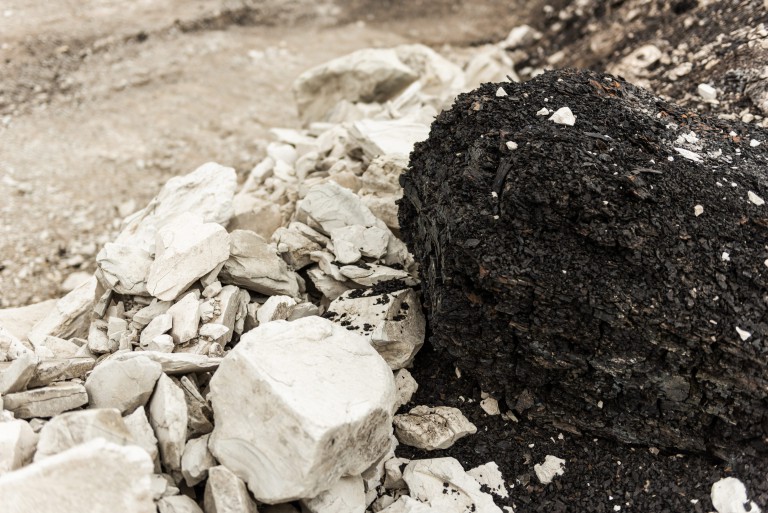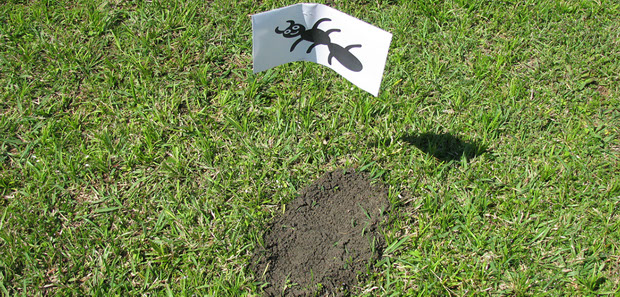Unlike most ants, European fire ants can be very aggressive and will attack in a swarm if their nest is disturbed. People working outside in their yards and gardens and children and pets are especially at risk if they happen upon a fire ant nest. In fact, fire ant stings can cause severe swelling and have the potential to send an individual to the hospital.
European fire ants prefer warm, wet environments however, in the summer of 2010, it was discovered that this species was willing to push the limits of its tolerance and adapt to new environments, as infestations were discovered in North Vancouver, British Columbia. Until this time, the presence of fire ants had not been documented in BC or even above the 49th parallel. Since then, infestations have also been discovered in Burnaby, Victoria and Vancouver, British Columbia.
In addition to their new environment, European fire ant queens also seem to be changing their behaviors. In most cases, new queens will fly away from their nest to start a new colony elsewhere. However, it was discovered that the queens in the nests found throughout BC had simply been walking to new nest sites, creating a much greater concentration of nests.
While an infestation of concentrated nests can be dangerous to have in your yard, an even greater concern lies in the fact that these fire ants have the potential to move into recreational areas, affecting the use and enjoyment of these sites.
Due to the fact that fire ants are commonly found in the soil around the root balls of plants, it is likely that they have been introduced and spread through the transplanting of infested plants. Therefore, it is very important that you check the root system and attached soil of any plant that is being relocated. If you notice any ants, submerge the root system in water for an hour before moving the plant to its new location.
With multiple queens in each colony, fire ant nests can be very difficult to destroy. A helpful tip is to mix your insecticide with an attractant such as sugar. This may also be helpful when using diatomaceous earth to eliminate an infestation. As the ants must come in direct contact with the product in order for it to work, the attractant is helpful in drawing the ants to the powder where contact can occur. As well, in addition to lacerating their exoskeletons, consumption of DE by an insect will also help to lacerate them internally.
Red Lake Earth Diatomaceous Earth is often used as a natural insecticide and is especially effective against ants and other crawling insects. For more information on the use of diatomaceous earth for killing ants please see: How to Kill Fire Ants
Image by NatalieMaynor


